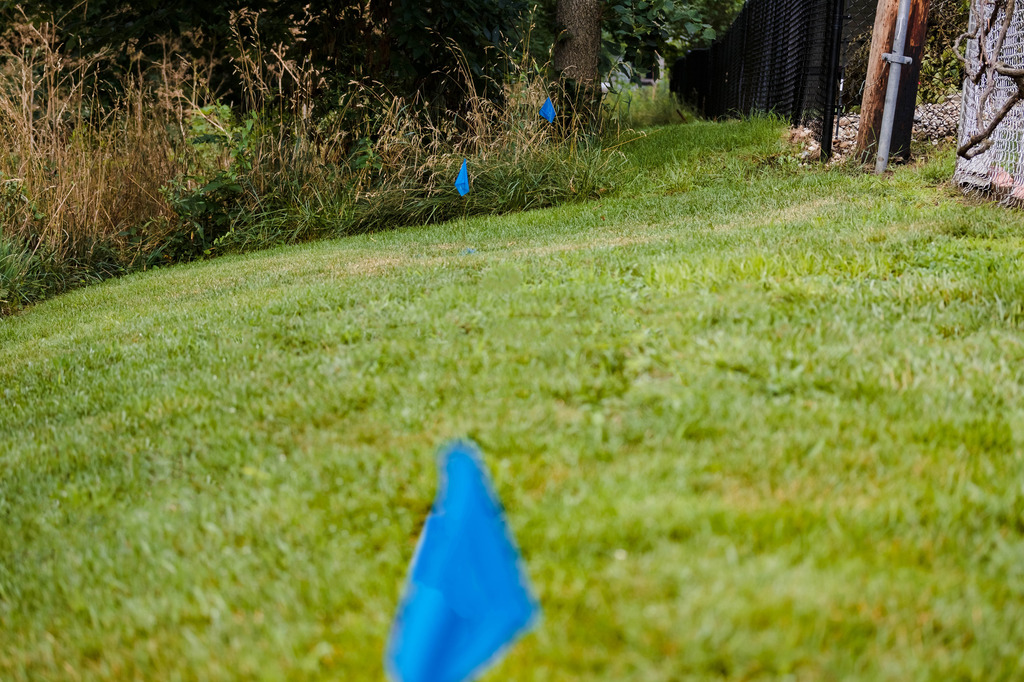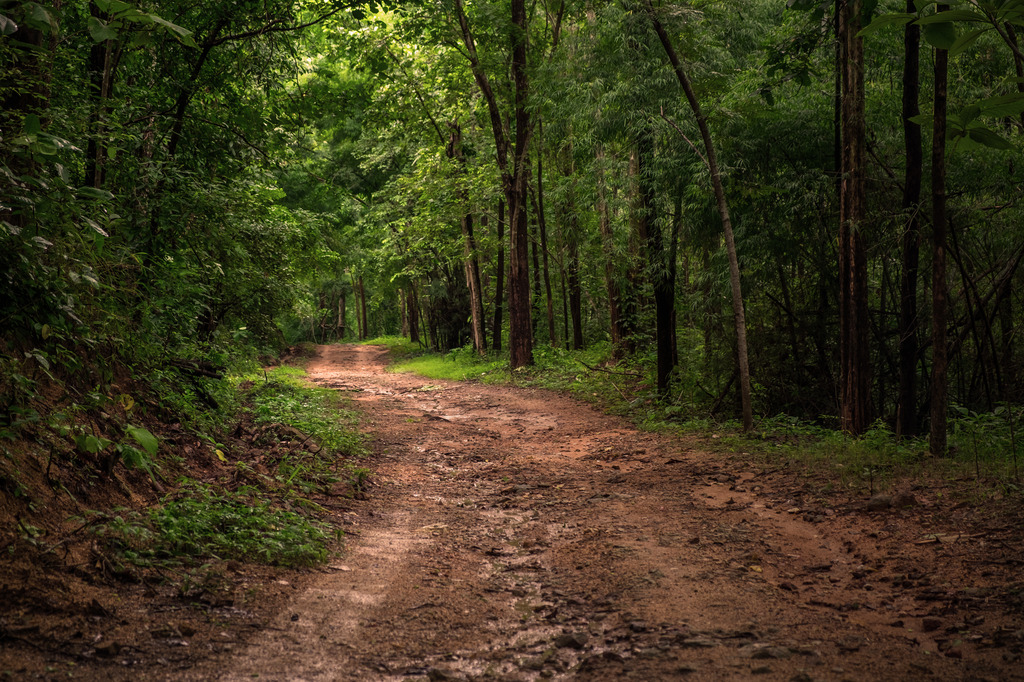Hiring a forestry mulching contractor to clear your property is an efficient and environmentally friendly way to manage overgrown land. To ensure the process goes smoothly and you get the best results, proper preparation is essential. Here’s a step-by-step guide to help you prepare for a forestry mulching contractor coming to your property for land clearing.
1. Define Your Goals
Before the contractor arrives, clarify your objectives for the project. Are you clearing land for construction, creating trails, improving pasture, or reducing fire hazards? Knowing your goals will help the contractor tailor their approach to meet your needs.
Key Questions to Ask Yourself:
- Which areas of the property need clearing?
- Are there specific trees or vegetation you want to preserve?
- What is the desired end result (e.g., open land, mulched ground, etc.)?
2. Mark Property Boundaries and Work Areas

Clear communication about the project’s scope is vital. Marking boundaries and specific work areas ensures the contractor knows exactly where to focus.
Steps to Take:
- Use flags, stakes, or spray paint to outline the areas you want cleared.
- Clearly mark property lines to prevent accidental encroachment onto neighboring land.
- Identify and mark any trees or vegetation you want to keep.
3. Assess Site Accessibility

Forestry mulching equipment is large and heavy, requiring sufficient access to the worksite. Ensure the contractor can easily transport their machinery to your property.
Considerations:
- Check for wide, stable access points for trucks and trailers. Turn around points for large trucks and trailers is key to access. Please let us know ahead of time, if you have areas to turn around, so that if you don’t, we can find reasonable parking areas close by.
- Inform the contractor of any soft or uneven terrain that could pose challenges.
- Let us know ahead of time of any traffic issues or bad times to enter or exit property.
4. Identify and Address Hazards
Forestry mulching contractors need a safe working environment. Identifying potential hazards ahead of time can help prevent accidents and delays.
Common Hazards to Look For:
- Underground utilities: Mark the locations of water, gas, or sewage lines if you plan to have heavy equipment over 30k lbs on property. Compact Track loaders and small excavators don’t require this.
- Remove any metal trash, such as tire rims, barbed or wire fencing laying around, or anything that might damage mulching teeth. Hitting metal trash slows down progress significantly.
- Hidden debris: Remove or flag rocks, old fencing, or metal objects that could damage machinery.
5. Communicate Special Requests
Every property is unique, and you may have specific preferences or concerns about the work being done. Communicate these clearly with the contractor before they start.
Examples of Special Requests:
- Trees or vegetation you want to preserve.
- Areas you want mulched more thoroughly.
- Timing or scheduling preferences.
6. Plan for Debris and Mulch Management
Forestry mulching leaves behind shredded vegetation that acts as a natural mulch. Decide how you want to handle this byproduct.
Options to Consider:
- Leave the Mulch in Place: Mulch can enrich the soil and reduce erosion.
- Redistribute the Mulch: Use it to create paths or protect specific areas. Moving mulch around can either incur extra costs or slow down work on day rate jobs.
- Removal: If you prefer, discuss options for removing excess mulch with the contractor (note that this may involve additional costs).
7. Prepare for Noise and Activity

Forestry mulching is a noisy and active process. Prepare yourself and your property for the disruption.
Tips:
- Inform neighbors about the project to avoid complaints.
- Secure pets and livestock in a safe area away from the work zone.
- Plan for limited access to the work area during the project.
8. Set Clear Expectations
Before the project begins, have a detailed discussion with the contractor to confirm the scope of work, timeline, and costs.
Points to Cover:
- How long the project is expected to take.
- Specific goals and outcomes for the cleared area.
- Any additional fees or charges that might apply.
9. Safety is Paramount
The mulcher unit is an extremely dangerous piece of machinery. Steer clear of it when its operating, operators can’t always see you.
Points to Cover:
- Don’t stand in front of the machine while drum is spinning for any reason. Mulcher can fling rocks and wood 300’ or more.
- Don’t approach the machine from the front to get operators attention.
- Don’t assist the operator in removing fallen trees or debris if they fall on the machine. And under no circumstances should you get on the machine.
10. Be Present on the First Day
Being on-site when the contractor starts can help address any last-minute questions or adjustments. Your input ensures the project begins on the right track.
What to Do:
- Walk the property with the contractor to review boundaries and priorities.
- Clarify any remaining questions or concerns.
- Stay available for updates or decisions during the initial stages of the project.
Conclusion
Proper preparation is key to a successful forestry mulching project. By defining your goals, marking boundaries, ensuring site accessibility, and communicating clearly with your contractor, you can streamline the process and achieve the desired results. Investing time in preparation not only saves money but also ensures your property is cleared efficiently and professionally.
